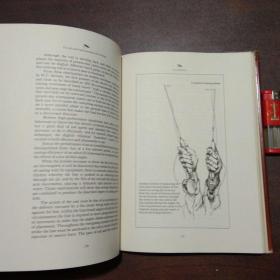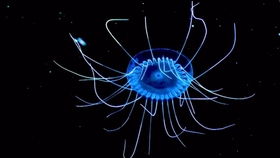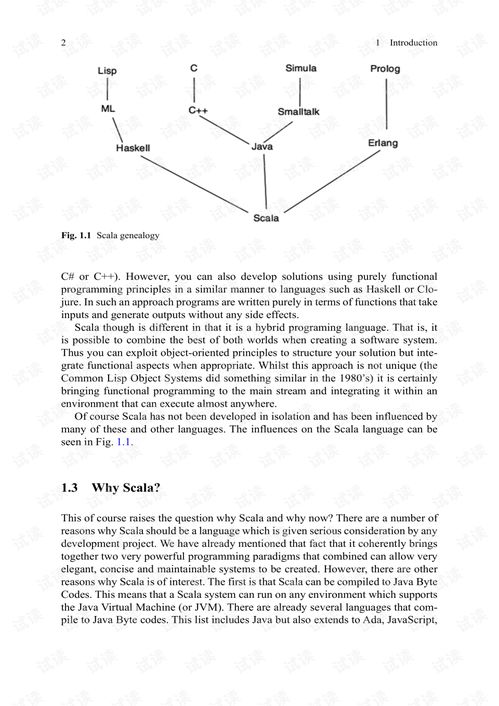Content:
Introduction: Fishing is an ancient pastime that has been cherished by people across the globe for centuries. It offers a sense of tranquility, connection with nature, and the thrill of catching a fish. Among the various fishing techniques, fine line fishing has gained popularity due to its simplicity and effectiveness. In this article, we will explore how to master the art of fine line fishing with the help of a comprehensive video guide.
Understanding Fine Line Fishing: Fine line fishing, also known as light tackle fishing, involves using ultra-thin fishing lines to catch fish. This technique requires precision, patience, and a deep understanding of the fish's behavior. Fine line fishing is particularly effective for catching smaller fish species, such as trout, panfish, and bass.

Selecting the Right Equipment: To excel in fine line fishing, it is crucial to choose the right equipment. Here are some essential items you will need:
- Fine Line: Opt for a high-quality, monofilament line with a thickness of 2 to 4 pounds. This will provide sufficient strength while remaining invisible to fish.
- Light Rod: A lightweight rod with a fast action is ideal for fine line fishing. It allows for greater sensitivity and easier manipulation of the line.
- Light Reel: A spinning reel with a capacity of 100 to 150 yards of line is suitable for fine line fishing. Ensure the reel is well-balanced and has a smooth drag system.
- Lures and Baits: Use small, lightweight lures or natural baits that mimic the movement and appearance of the fish's prey. Soft plastics, spinners, and small flies are popular choices.
Setting Up the Rig: To begin, attach the fine line to the reel using a simple knot, such as the improved clinch knot or the palomar knot. Next, tie a small swivel to the end of the line to prevent twists and tangles. Connect a small split shot or a bobber to the swivel, depending on the fishing technique you prefer.
Techniques for Fine Line Fishing:
- Casting: Practice your casting technique to ensure accuracy and distance. A smooth, controlled cast is crucial for successful fine line fishing.
- Patience: Fine line fishing requires patience. Allow the bait to sink and swim naturally, avoiding excessive movement or reeling in too quickly.
- Sensitivity: Fine line fishing relies heavily on sensitivity. Pay close attention to the slightest tug or movement of the line, as it may indicate a fish biting.
- Timing: When a fish bites, wait for a moment before setting the hook. This allows the fish to take the bait fully before you react.
Advanced Techniques:
- Leader Length: Experiment with different leader lengths to find the optimal distance between the lure and the main line. A shorter leader may provide more sensitivity, while a longer leader allows for a more natural presentation.
- Bait Presentation: Adjust the bait's position and movement to mimic the fish's prey. Experiment with different retrieves, such as a slow crawl, a twitch, or a steady swing.
- Water Conditions: Be aware of the water conditions, such as flow rate, temperature, and clarity. These factors can significantly impact the fish's behavior and feeding patterns.
Video Guide: To further enhance your fine line fishing skills, consider watching a comprehensive video guide. These videos often cover the following topics:
- Equipment selection and setup
- Casting techniques
- Bait presentation and lure selection
- Sensitivity and timing
- Advanced techniques and troubleshooting
Conclusion: Mastering the art of fine line fishing requires practice, patience, and a deep understanding of the technique. By utilizing a comprehensive video guide, you can gain valuable insights and improve your skills. Remember to select the right equipment, practice your casting, and be patient while waiting for the perfect bite. With time and dedication, you will become a proficient fine line fisherman, connecting with nature and enjoying the tranquility of this ancient pastime.












